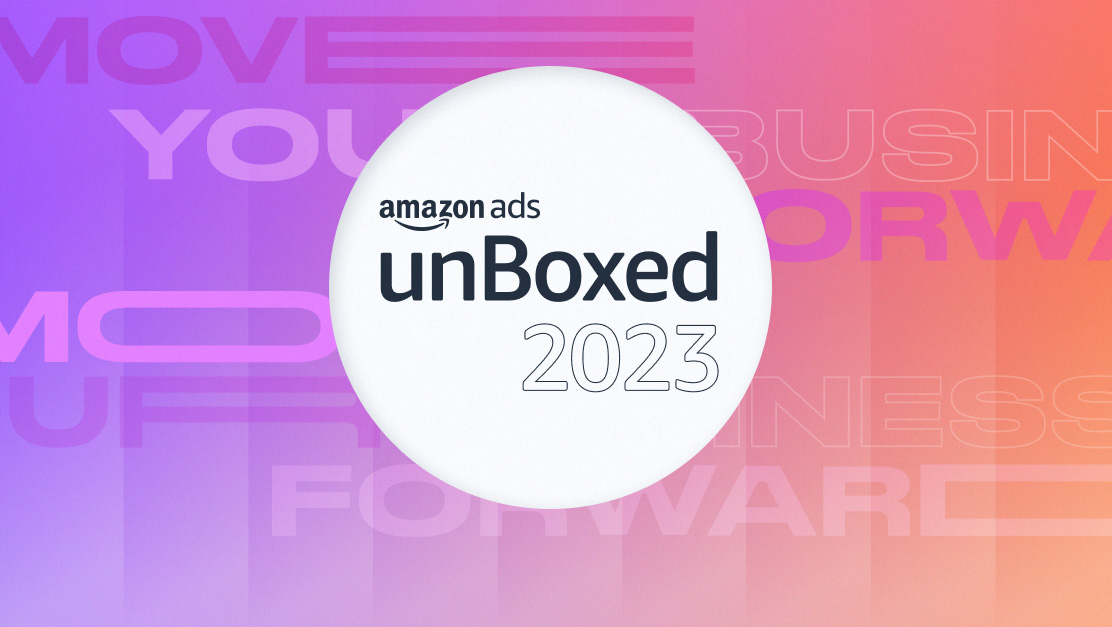Stay Ahead of the Competition: Unlocking the Power of Amazon DSP in Your Advertising Strategy
In today's fast-paced digital landscape, staying ahead of the competition requires constant exploration of new advertising opportunities. One such powerful tool that advertisers should not overlook is Amazon’s Demand-Side Platform (ADSP). As the digital advertising ecosystem evolves, leveraging advanced platforms like Amazon DSP can provide a significant edge. In this blog post, we'll delve into the benefits of Amazon DSP and why integrating it into your marketing strategy can be a game-changer for your brand.
What is a DSP (Demand-Side Platform)?
A demand-side platform (DSP) is a software tool designed to automate and optimize the real-time buying and selling of ads. It serves as a comprehensive solution for advertisers and sellers to manage their ad campaigns more efficiently. By using a DSP, sellers can identify the best ad placements for their target audience at the optimal times. Consequently, campaigns run through a DSP are more likely to succeed and achieve a higher return on ad spend (RoAS).
What Is the Amazon Demand-Side Platform (ADSP)?
Amazon has its own Demand-Side Platform that allows advertisers to programmatically buy display, video, and audio ads both on and off Amazon. With Amazon DSP, advertisers can leverage Amazon's extensive first-party data to precisely target audiences based on their shopping behaviors and preferences and not only on demographic data. This enables businesses to reach customers across Amazon’s websites, apps, and third-party sites, ensuring their ads are shown to the right people at the right time.
Who Can Utilize Amazon DSP?
Amazon's Demand-Side Platform (DSP) is available to all advertisers and online sellers, regardless of whether they sell their products on Amazon. This means that even if an advertiser does not sell directly on Amazon, they can still utilize Amazon’s DSP to place ads across the web. However, only sellers who offer products on Amazon can run ads directly on Amazon’s website. Nevertheless, all advertisers can take advantage of Amazon DSP’s extensive advertising network, reaching audiences on Amazon’s affiliated sites and apps, as well as third-party websites.
What is so Unique About the ADSP?
Amazon's Demand-Side Platform (DSP) provides access to highly-targeted audience data and analytics, including browsing and purchase history, demographics, and more. This unique data gives you an advantage over other advertising platforms like Google or Facebook, which don't offer similar capabilities.
With this data, you can optimize your ad spend by targeting audiences likely to be interested in your product, increasing your chances of making a sale. Amazon DSP also allows you to place ads on popular websites, enhancing your brand's visibility. You can advertise on Amazon-owned websites and apps, gaining premium advertising space for your brand.
Additionally, Amazon DSP offers valuable data-driven insights and performance reports before and after your campaigns. This information helps you refine your advertising strategy and maximize your return on ad spend.
What are the Targeting Possibilities with the ADSP?
Choosing the right target audience is essential for the success of your campaigns. The precise targeting capabilities are one of the biggest advantages of DSP. Below, we will explore some types of target audiences.
Demographic
This type of target audience can be defined by various demographic factors, such as age, gender, income level, education, geography, or household size.
Lifestyle
You can also choose your target audience based on lifestyle segments. This selection is based on customers' search and purchase data on Amazon. For example, if you sell movie fan articles, it makes sense to target individuals who have purchased movies in the past, as they are likely to be interested in film-related items. An ad might appear when the lifestyle segment "film fan" is selected.
In Market
Amazon's In-Market targeting leverages historical shopping and browsing behavior to categorize users into predefined segments or custom user segments. For instance, if a customer has previously purchased gym products, advertisements may be displayed when segments related to health, sport, or fitness are chosen.
Contextual
Amazon's Contextual targeting relies on the product categories that the target audience is currently browsing. This feature is exclusively available through Amazon's managed service. For example, if a seller selects the "education" category, their advertisement could appear when users are viewing product detail pages for school books. This method ensures that ads are displayed contextually relevant to the products users are actively interested in.
Location and Time
Amazon offers Location and Time targeting options to advertisers. Location targeting allows ads to be shown based on where users live or work, while Time targeting lets advertisers specify certain days or times of day for ad display.
For example, if a seller selects "Munich" and specifies "weekdays only," their ad may appear from Monday to Friday specifically for users living in Munich. This precise targeting ensures that ads reach the intended audience at the right time and in the right place, maximizing relevance and effectiveness.
Technology Targeting
Technology targeting on Amazon allows advertisers to target users based on their devices or domains, with additional options to select screen size and browser type. For example, if a seller selects "Apple," their ad may appear on all devices manufactured by Apple, ensuring that the advertisement reaches users using Apple devices specifically. This targeting approach helps tailor ads to the technology preferences of the target audience, enhancing the relevance and effectiveness of the campaign.
Retargeting
Retargeting can drive substantial sales growth by focusing on individuals who have engaged with your products before. The key advantage of retargeting lies in targeting customers who already show interest in your product, thereby helping to maintain a favorable Return on Ad Spend (RoAS).
In Amazon's advertising options, retargeting includes three methods: Remarketing Amazon Users, Advertiser Audiences, and Lookalikes.
Remarketing Amazon Users
Remarketing Amazon Users involves targeting individuals who have previously visited your brand or product detail pages, as well as pages of competitors on Amazon. For example, if a user has visited your product's detail page but did not make a purchase, an ad could appear when that user visits a publisher's page like Spiegel or Stern the following day. This strategy aims to re-engage potential customers who have shown initial interest, increasing the likelihood of conversion through targeted advertising.
Retarget Advertiser Audiences
Advertiser audiences involve targeting your own users using pixel-based audiences or Customer Data Matching techniques. For instance, if a user has visited your product's detail page on their desktop, an ad may appear when that user later accesses the Amazon mobile app. This method allows advertisers to re-engage with their own audience across different platforms based on previous interactions, maximizing the chances of converting interested users into customers.
Lookalike Audience
A Lookalike Audience consists of individuals who exhibit behaviors similar to a group you've chosen. For instance, you can create a Lookalike Audience based on your existing customers and then target individuals who demonstrate similar behaviors to those customers.
How can I use the Amazon Demand-Side Platform?
You can access the Amazon Demand-Side Platform either through Amazon Managed Service or by partnering with a certified DSP provider like BidX. As an Amazon Advanced Partner, BidX offers extensive advantages beyond DSP access. Their team possesses deep expertise in DSP advertising, successfully managing substantial advertising budgets. BidX provides numerous benefits, including competitive management fees, robust support, comprehensive campaign setup, continuous optimizations, strategic guidance, detailed reporting, and more.
Schedule a consultation now and explore your Amazon DSP opportunities with them!



